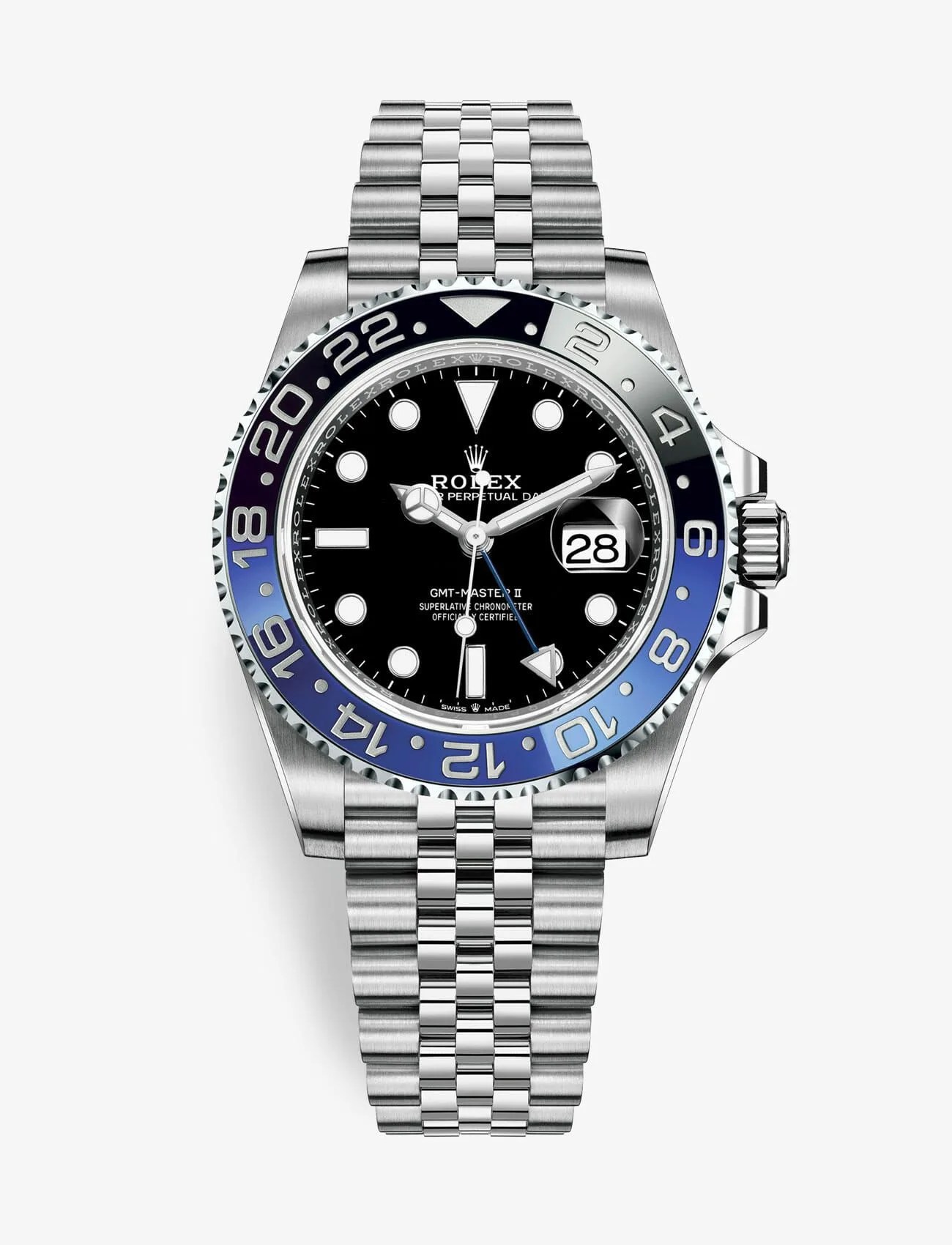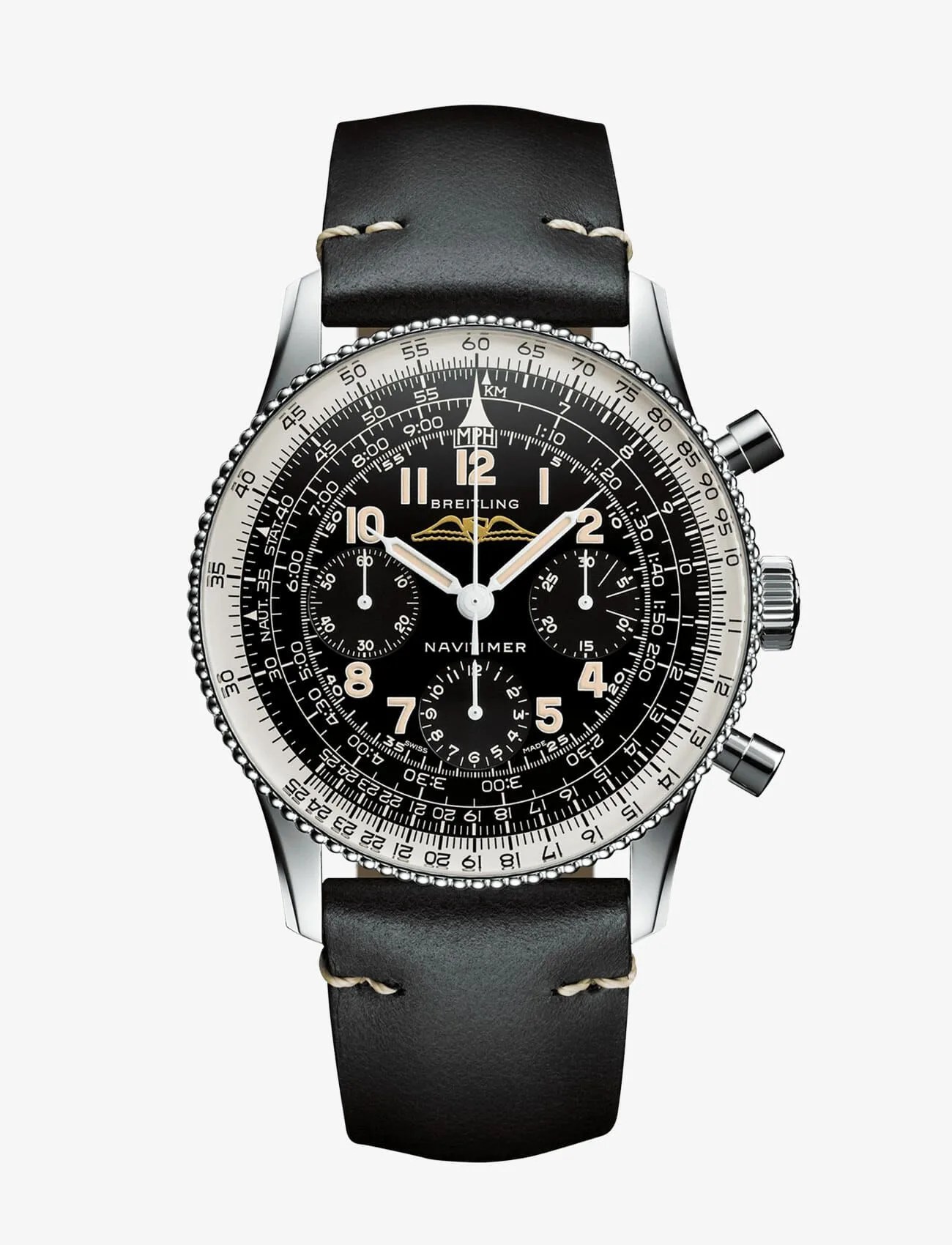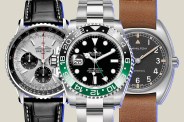Editor’s Note: So you’re ready to make a watch purchase? Not so fast. Before committing, it’s worth thinking carefully about your needs to make sure you’re truly buying the right timepiece for you. Our series Five Questions aims to help you do just that.
Aviation developed alongside the wristwatch itself, and the watches associated with flying can evoke a sense of daring and a kick of adrenaline like few others. However, as pilots’ needs changed over the years and watchmakers adapted, a wide range of pilot watches have emerged. There are scores of options, and a few important points you’ll want to consider before buying a pilot’s watch.
These practical timekeepers make a good sport watch alternative to the ever-popular dive watch as they’re overbuilt and handsome, to boot. But what exactly makes a pilot watch a pilot watch? Historically, they were first defined by their need to be very accurate, as well as easy to read and operate — leading to bold dial designs and large crowns. Later watches added features and complications to help with important calculations. The result is myriad designs and variations within the genre, which can lead to some analysis paralysis when trying to make a purchasing decision.
Below are five questions that’ll help you choose the type of pilot’s watch that speaks to your inner aviator.
Do you actually fly planes?
If so, you already know that you don’t actually need a pilot’s watch. In the past, watches were an important tool for pilots, but what with the advent of digital instruments and computing, those times are gone. That doesn’t mean, however, that you can’t enjoy a capable watch with roots in aviation like so many others do — and, as a pilot, it could very well enhance your appreciation of both the watch and the sophistication of modern aircraft. And if you don’t fly planes but are a fan of aviation (or simply like the look) and still want to wear a pilot’s watch, there’s no reason not to indulge.

Rolex GMT Master II “Batman”


